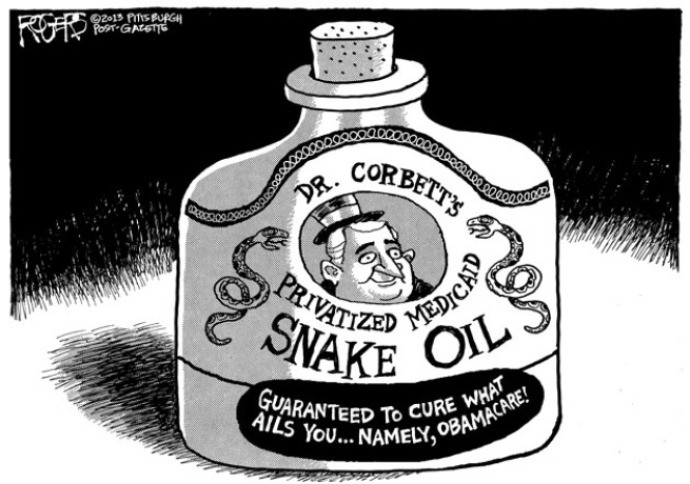What s The Value Of Kinder Morgan s Trans Mountain Pipeline Trefis
Post on: 16 Март, 2015 No Comment

Rate | votes | Share
- Quick Take
- KMPs Trans Mountain is the only pipeline that connects Canada’s oil sands region to the West Coast.
- It accounts for over 85% of the firms Canadian revenues and is a strategically important route as Canadian oil companies seek to export more crude to Asia.
- KMP plans to expand its pipeline capacity from 300,000 bpd to 890,000 bpd. Other players like Enbridge also have upcoming greenfield projects on the route.
- We think KMP has an edge in terms of approvals since expansion would leverage existing right of way
The Trans Mountain pipeline constitutes the heart of Kinder Morgan Energy Partners (NYSE:KMP) Canadian operations. The 715 mile pipeline originates in Alberta and transports crude oil and refined petroleum products to the west coast of British Columbia and also ships crude oil to Washington in the United States. We estimate that the pipeline accounts for at least 85% of Kinder Morgan Canada’s revenues. We believe that it could play an important role in the division’s growth since it is currently the only pipeline that connects Canada’s oil sands region to ports in the West Coast. The firm also intends to expand capacity on this pipeline over the next few years.

Lack Of Westbound Pipeline Infrastructure In Canada
Canada is a net exporter of oil and is also the worlds sixth largest oil producer. Much of the growth in the country’s production has come from unconventional resources like oil sands, which are produced in landlocked regions such as Alberta. Most of Canada’s oil is exported to the U.S. a market which is becoming increasingly oversupplied leading to lower price realizations. The future prospects for Canadian exports to the U.S. also look weaker as the U.S. ramps up its domestic production and looks set to become the world’s largest oil producer by the end of this decade.
This is forcing Canadian producers to tap into offshore export markets such as Asia. However, the biggest obstacle to offshore exports to Asia is the dearth of pipelines to move crude from the oil sands to ports on the West Coast. Accounting for the price difference between Brent crude and Western Canadian Select (a variety of Canadian crude), the annual revenue loss to the country is estimated to be around $30 billion. ((Seeking Alpha )) If there was an adequate pipeline infrastructure to carry crude to ports on the West Coast, Canadian producers would be able to ship more crude to Asian markets and realize prices that are closer to Brent crude.
Kinder Morgan Is The Only Player On This Route
As the only operator on this route at the moment, Kinder Morgan looks set to cash in. While the tolls on the pipeline are regulated, the firm can profit through high utilization rates and investing in capacity expansions. Last December, the firm mentioned that shipments on the pipeline were oversubscribed by around 70%. Given the strong demand, the firm intends to expand capacity on the pipeline from 300,000 barrels per day (bpd) to around 890,000 bpd, by investing around $5.5 billion. [1 ] If the project is approved, it is expected to come online by 2017. The firm has already signed long term contracts with oil companies for around 700,000 barrels per day of committed shipments while the rest will be used for short term and spot access.
Other Players Want In, But We Believe That KMP Will Have An Edge
Other pipeline companies have also set their sights on this largely under-served route. However, the approval process has been slow. Enbridge Inc. proposed its 500,000 bpd Northern Gateway pipeline, which would extend from the oil sands region to British Columbia, but the project has been postponed several times due to opposition from aboriginal groups and regulatory delays. However, we think that Kinder Morgan may not face as much resistance since its proposed expansion involves twinning the existing pipeline and would use the firms existing right of way (wherever it is possible), meaning that it will be able to expand capacity by adding parallel pipes without having to go through new routes. This could give Kinder Morgan an edge and help it to execute its plans quickly, compared to building an entirely new pipeline on a greenfield route.
Even if both Kinder Morgan and Enbridge get approval for their pipelines, it is likely that capacity will still be tight given the high growth forecasts for oil sands output. The Canadian Association of Petroleum Producers expects the country’s oil output to double by 2030, primarily due to increased output from oil sands. [2 ]
Impact of The Expansion On KMPs Stock
Kinder Morgan Canada accounts for just under 10% of our $91 price estimate for KMP. We believe that almost all of the divisions value comes from the Trans Mountain pipeline. In our price estimate for KPM we assume that Kinder Morgan Canada’s revenues will grow from around $390 million in 2016 to around $700 million in 2017, as the new capacity comes online.
If utilization and shipment rates increase significantly, and revenues actually rise to around $1 billion by 2017, it would increase KMPs Trefis price estimate by around 5%. On the other hand, if the firm faces regulatory issues and the pipelines expansion is delayed and revenues remain flat in 2017, this would result in a 5% downside to our price estimate.
Understand how a companys products impact its stock price on Trefis














